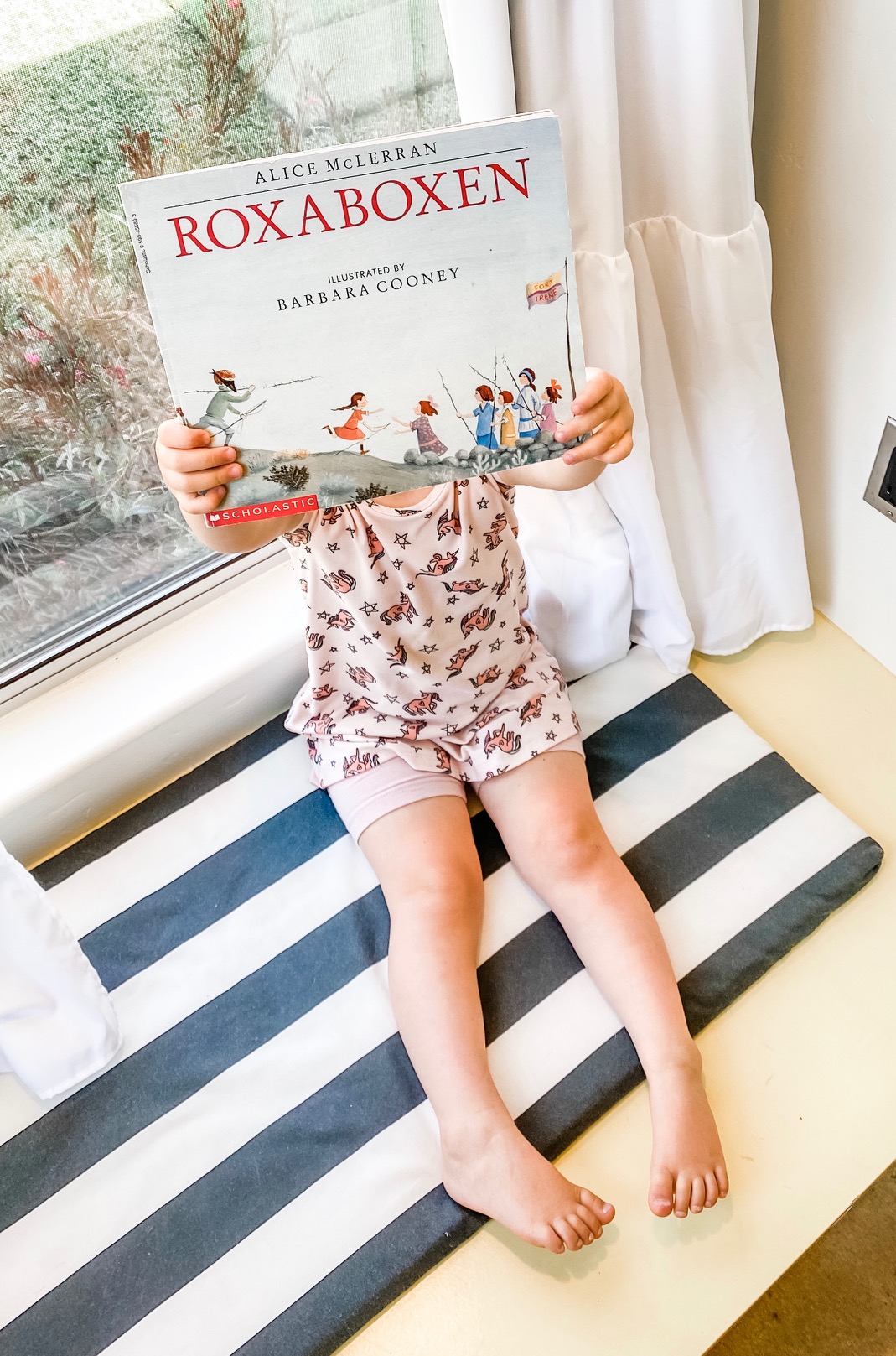The new trend in classroom disruption for the 2019-2020 school year (besides coughing in a classmate’s face and whispering “Coronavirus” under your breath) was the paper dart. While a paper dart may look deceptively like its more innocuous cousin, the paper airplane, don’t be fooled. Paper airplanes are what we children of the 90s used to pass notes to one another in class. We threw them in the halls in hopes of “accidentally” hitting our crushes in the back of the head. I’ve allowed students in my own classroom to fold rough drafts of their essays into paper airplanes and send them around the room in search of anonymous feedback. The paper dart, however, is a modern feat of engineering with a singular, epic purpose.
After meticulously folding school-issue post-its into the sharpest possible point, the creator of the paper dart will wait for the perfect moment. When my back is turned and he or she has the undivided attention of a few other classmates, the dart is carefully balanced between two thumbs and flicked ferociously into the air. The moment of truth arrives when the dart either bounces off of the ceiling or, miraculously, hits its mark. If successful, the dart lodges its tip into the cork ceiling and thenceforth becomes a monument to be idolized by all for minutes to come. Until I start a slow clap, and knock it down with a yardstick.
The paper dart trend was annoying at first. After all, I work at a public school, and those cork ceiling panels don’t just grow on trees. But I also found it kind of entertaining, and my lackluster admonishment seemed to serve as encouragement for the most enthusiastic participants.

As the weeks wore on, I watched kids’ eyes light up when they entered the room and saw an array of darts on the ceiling. Students were neglecting their nightly video games and Facetiming each other as they made Tupperware containers full of paper darts. One of my students, who had previously admitted to me that English had always been his least favorite subject, came to my class every day with a smile on his face, excited to talk “darting” technique.
Last week, I went back to my classroom for the first time in two months to clean out my desk, organize student work, and prepare my classroom for the most uncertain of summer breaks. As I was wiping down the whiteboard, I looked up to see a small bunch of neon green paper darts still stuck to a ceiling panel. I laughed to myself, and then choked on the months worth of dust floating in the air.
While I hope that the students who left my class in March remember how to write a paragraph, and what a compound sentence is, and why blindness in literature is actually a gift, I also hope they also remember the absolute thrill of letting a paper dart loose in the air and waiting, breath held, to see where it hits.


